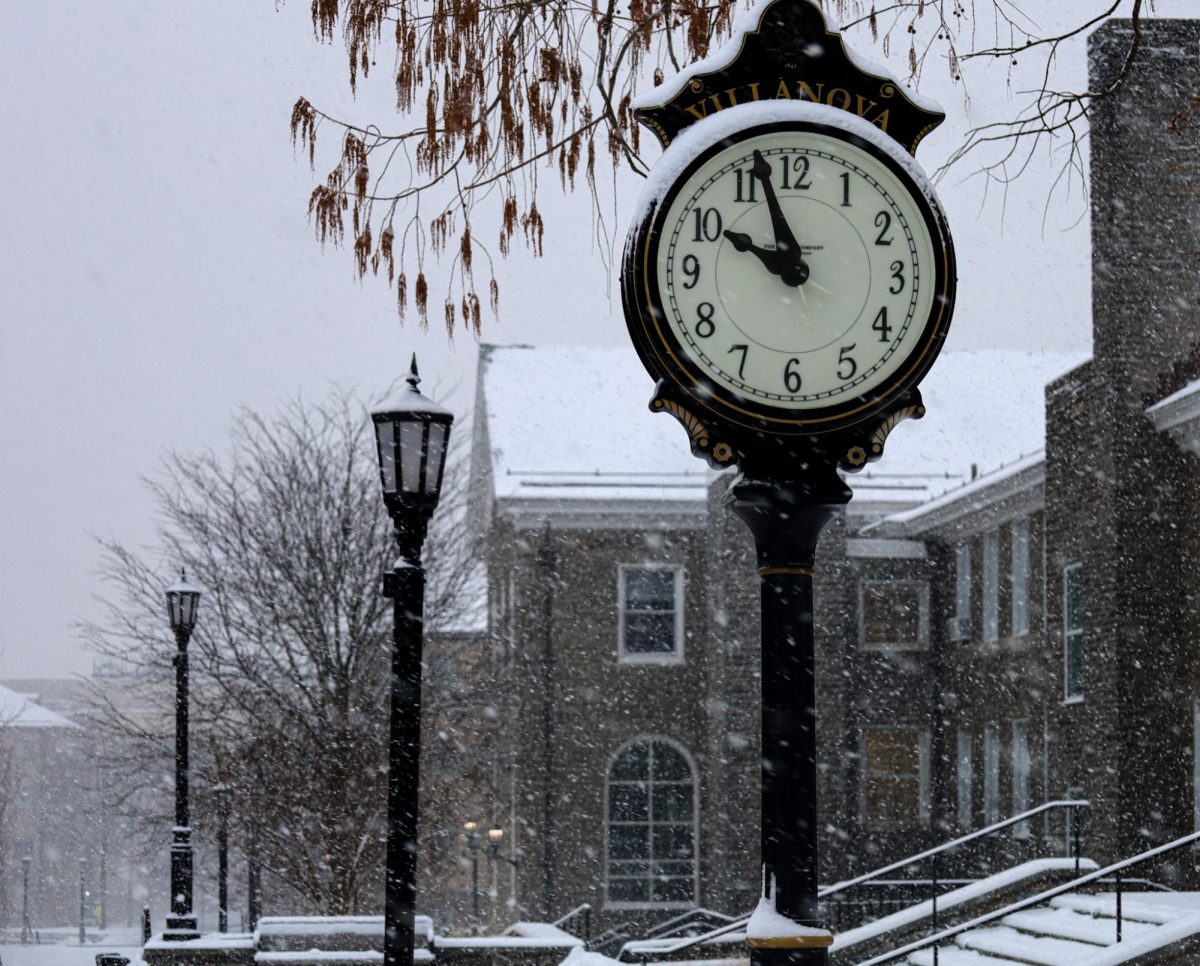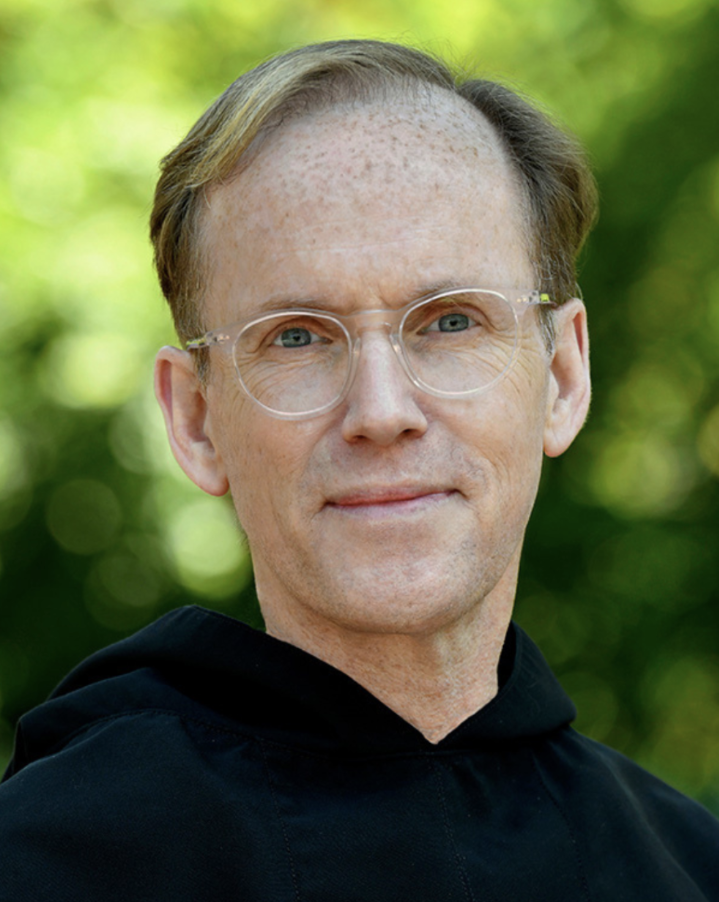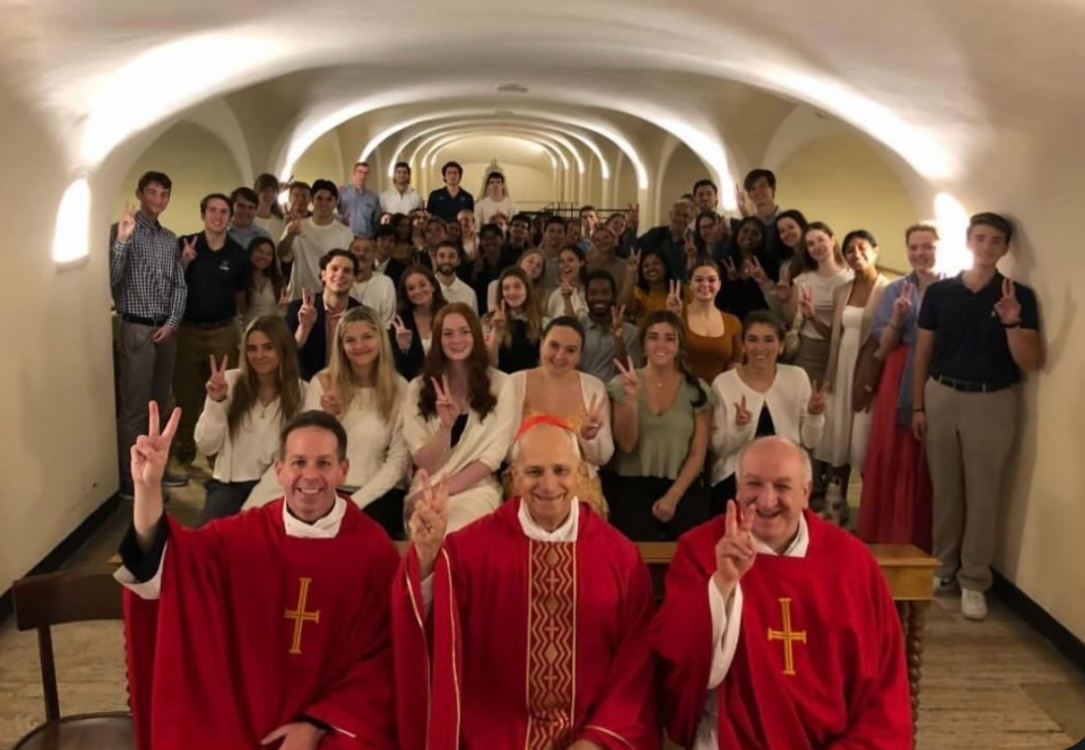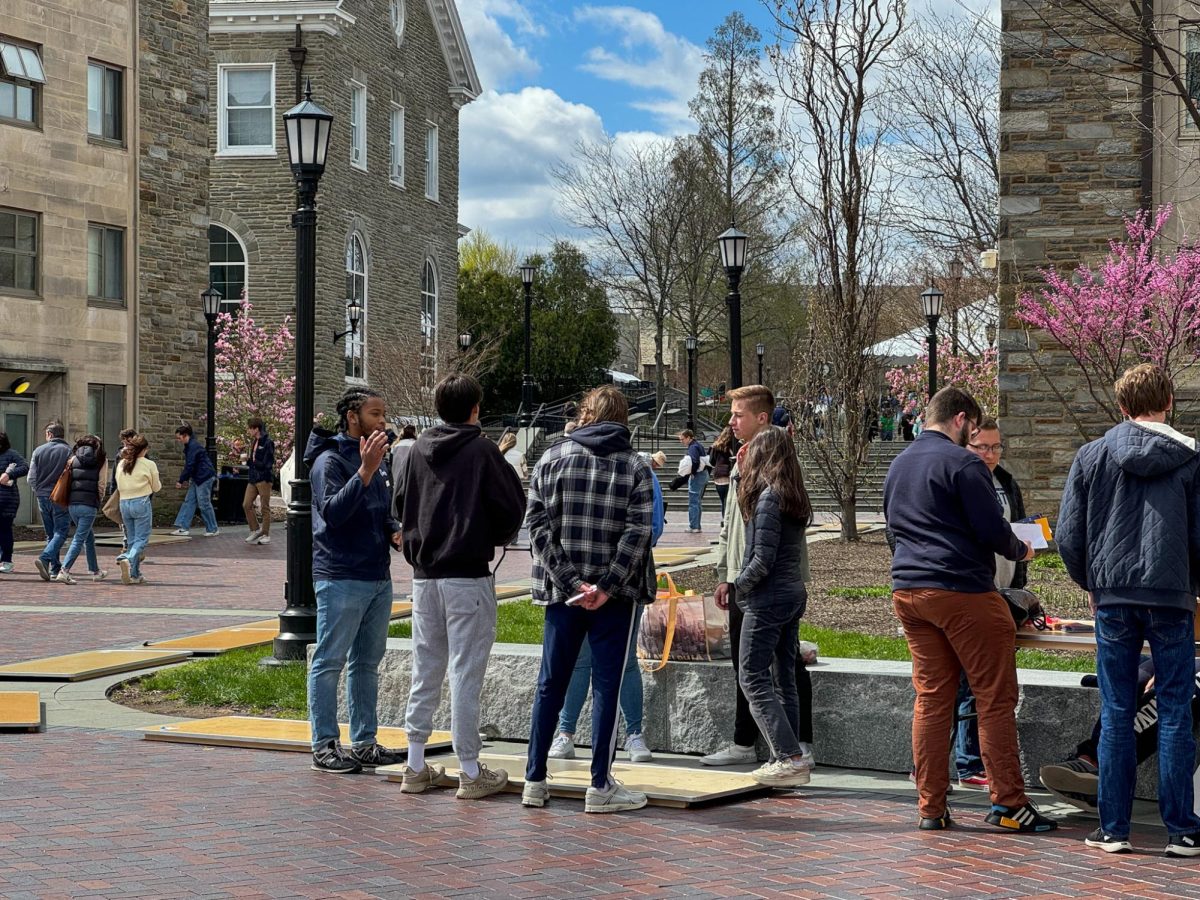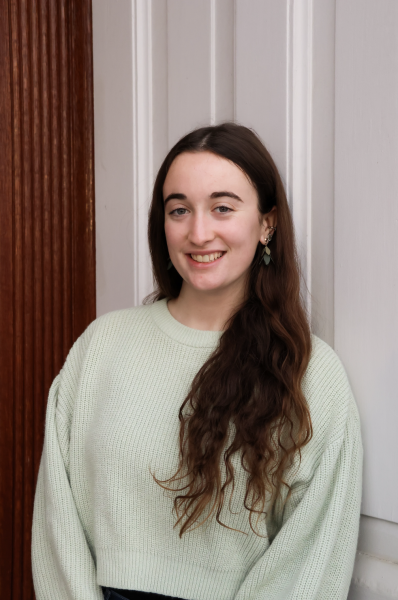The variability in climate this January has been hard to ignore. Students have been hit with snow, rain, fog and climbing temperatures all within the span of a few short weeks. With the amount of snow that Villanova received over a two-day span, the University canceled class on Friday, Jan. 19, creating a snow day for eager students.
They were able to spend the day making snow angels outside or bundling up in the comfort of their dorms.
“It has not snowed like this in a while,” a sophomore student said. “I was able to go outside and just have fun with my friends.”
While general consensus was positive, on the other hand, other Villanova students are feeling frustrated. Phrases of inconvenience included everything from, “I slipped and fell on my way to class this morning,” to “I am from Arizona. I did not come prepared for [the snow].”
The Villanovan had the opportunity to speak with GEV Associate Professor and Geography Program Director, Stephen Strader, on what has been impacting this weather phenomenon.
“One of the big drivers right now is the strong El Niño,” Strader said. “The waters off of the equatorial region being warmer than average.”
The El Niño typically brings on warmer and wetter winters for this region, with noticeable changes in temperature and precipitation. It is not uncommon for these patterns to favor coastal storms which can quickly convert to snow when temperatures drop suddenly.
The cold spell that affected this region almost two weeks ago can be attributed to what Strader called a “strong negative phase Northern Atlantic Oscillation.”
In simple terms, this large-scale weather pattern calls on warmer air attacking the Arctic Ocean which pushes the frigid air downwards towards regions of Canada and the northeastern United States.
“The cold we experienced the last two weeks was previously sitting up over the top of the Arctic Ocean and has since gone away,” Strader said. “We go through these weekly cycles, which is what we call climate variability.”
While the nature of weather is rooted in unpredictability, these patterns help make sense of the intense weather changes being noticed. Strader mentioned the impact that climate change has on the stark differences in weather.
“These weekly climate variations exist regardless, but now we add climate change into the mix […] which makes the atmosphere now even warmer and wetter,” Strader said. “We are kind of supercharging these big oscillations into bigger temperature extremes in our seasons. Particularly in winter when we notice it…such as going from two degrees to 60 degrees within a week.”
Using the freezing temperatures as a refutation for climate change is inaccurate. There has been an avid rise of temperatures in many other areas globally. The cold is not going to be eliminated completely, but it will become displaced and moved.
Students can expect the next few weeks to warm up with increased humidity in traditional El Niño fashion. However, Dr. Strader emphasized that our region “is not out of the woods” in terms of winter weather, as all it would take is temperatures to drop below freezing and the rain event can become snow.
Why should students care?
“We all interact with the weather every day,” Strader said. “The first thing that people think about when they wake up is ‘What do I have to do?’ and the second thing is ‘Do I need to put on a coat or rain boots?’ Everyone from environmental science to economics majors, we all are influenced by [weather] so it stands to reason that we care about these things.”
“Just get used to the rollercoaster,” Strader advised. “It seems to be the status quo for our winters.”

